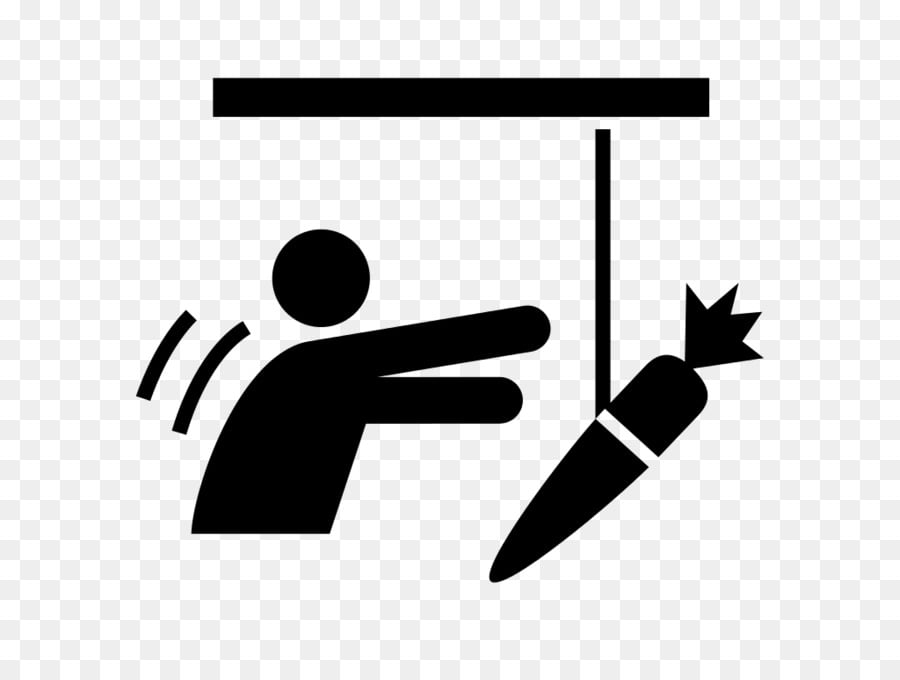Strategic Distribution Planning: Optimizing Your Supply Chain for Competitive Advantage
In today's dynamic business landscape, effective supply chain management is paramount. Strategic distribution planning isn't merely a logistical exercise; it's a cornerstone of competitive advantage. This comprehensive guide delves into the key elements of crafting a winning distribution strategy, transforming your supply chain from a cost center into a powerful engine for growth.
Understanding Your Customer's Needs: The Foundation of Success
Before optimizing any aspect of your distribution network, thoroughly understand your target customers. Analyze market trends, gather customer feedback, and study purchasing patterns to pinpoint their needs and preferences. This granular understanding allows you to tailor your distribution strategy for optimal impact. For instance, a company prioritizing speed might invest in regional distribution centers to meet the demand for rapid delivery, while another might focus on cost-effectiveness by leveraging slower, more economical shipping methods for less time-sensitive products.
Optimizing Inventory Management for Efficiency and Cost Reduction
Efficient inventory management is critical for profitability. Implementing advanced techniques like Just-in-Time (JIT) or Vendor-Managed Inventory (VMI) minimizes storage costs, reduces the risk of stockouts, and ensures products are available when and where needed. Consider implementing sophisticated inventory management software to gain real-time visibility into stock levels, forecast demand accurately, and automate ordering processes.
Streamlining Transportation and Logistics: Optimizing the Flow of Goods
The efficient movement of goods is pivotal. Optimize transportation routes, leverage cost-effective modes of transport, and employ technology like GPS tracking for enhanced visibility and reduced transit times. Explore collaborative logistics partnerships to expand your reach and potentially lower costs. The strategic use of technology, such as route optimization software and real-time shipment tracking, can significantly improve efficiency and reduce delays.
Embracing Technology and Automation for Enhanced Supply Chain Visibility
Technology is transforming supply chain management. Automation through sophisticated software solutions improves efficiency, transparency, and overall performance. Investing in warehouse management systems (WMS), transportation management systems (TMS), and enterprise resource planning (ERP) systems provides a holistic view of your operations, enabling data-driven decision-making. Real-time tracking, predictive analytics, and automated order processing are just some of the benefits.
Strategic Partnerships: Leveraging Collective Strengths
Collaborating with reliable suppliers, distributors, and logistics providers expands your capabilities and reduces operational burdens. Partnerships leverage collective expertise, infrastructure, and resources, leading to greater efficiency and reach. Thoroughly vet potential partners to ensure alignment with your business values and operational goals.
Data Analytics: Harnessing the Power of Information
Data analytics provides valuable insights into sales trends, customer behavior, and inventory levels. Leveraging data analysis helps anticipate demand fluctuations, optimize inventory levels, and enhance forecasting accuracy. By analyzing historical data and market trends, you can make informed decisions to mitigate risks and capitalize on opportunities.
Effective Warehouse Management: Optimizing Space and Processes
Efficient warehouse operations are essential. Implement optimal warehouse layouts, optimize storage space utilization, and employ technologies like barcode scanning and automated guided vehicles (AGVs) to streamline processes and minimize costs. Proper warehouse management reduces order fulfillment times and enhances overall efficiency.
Sustainable Practices: Building a Responsible and Efficient Supply Chain
Sustainability is increasingly important. Reduce packaging waste, optimize transportation routes to minimize carbon emissions, and explore eco-friendly alternatives. By adopting sustainable practices, you improve your environmental footprint and potentially enhance your brand reputation.
Continuous Monitoring and Adaptation: Staying Ahead of the Curve
Distribution planning is an ongoing process. Regularly analyze key performance indicators (KPIs), gather customer feedback, and monitor market changes to identify areas for improvement. This proactive approach ensures your strategy remains aligned with evolving demands and competitive pressures.
Maintaining a Competitive Edge: Benchmarking and Innovation
Benchmark your performance against industry leaders, continuously seek innovative solutions, and adapt to changing market dynamics. This proactive stance keeps your distribution strategy ahead of the competition and positions your business for long-term success.
Prioritizing Customer Experience: Building Loyalty Through Seamless Delivery
Exceptional customer experience is paramount. Ensure seamless order fulfillment, timely delivery, and hassle-free returns. A positive customer experience builds brand loyalty and fosters repeat business.
Navigating Global Supply Chain Dynamics: Adapting to International Challenges
For global businesses, understanding international trade regulations, cultural differences, and geopolitical risks is critical. Develop robust strategies that account for these complexities to ensure smooth and efficient cross-border operations.
Investing in Talent: Developing a Skilled Workforce
Investing in employee training and development equips your team with the skills and knowledge needed to manage your supply chain effectively. Focus on training in areas such as inventory management, logistics optimization, and the use of relevant technologies.
Continuous Improvement: Embracing a Culture of Optimization
Adopt a culture of continuous improvement by regularly reviewing processes, identifying inefficiencies, and implementing changes. Lean methodologies and Six Sigma principles can provide a framework for systematic process improvement.
Innovation and Adaptability: Responding to Evolving Market Demands
Stay informed about technological advancements and emerging distribution models. Adaptability is crucial for navigating the ever-changing business environment. Embrace innovation to maintain your competitive advantage.
In conclusion, strategic distribution planning is integral to a thriving business. By implementing these key strategies, businesses can optimize their supply chains, reduce costs, enhance efficiency, and achieve a sustainable competitive advantage. What are your key strategies for effective distribution planning?
```





